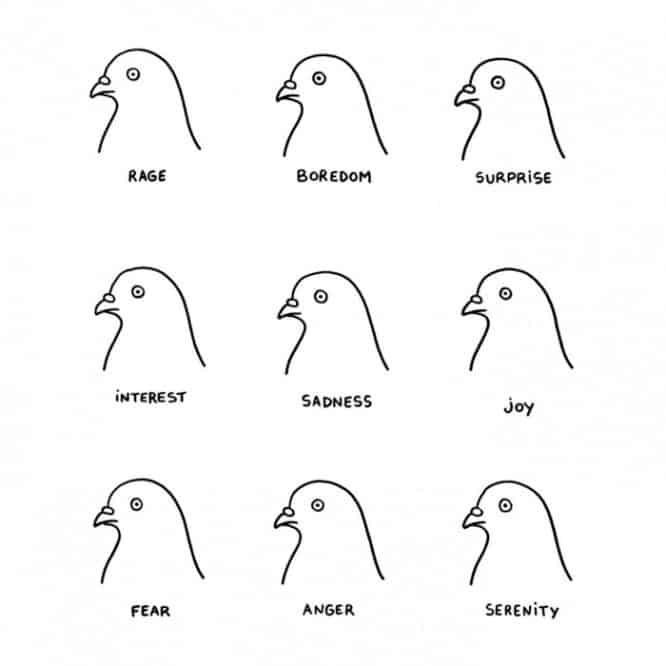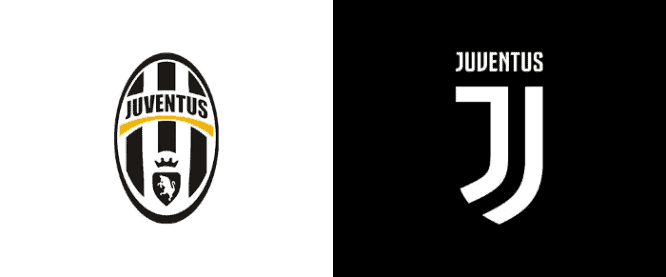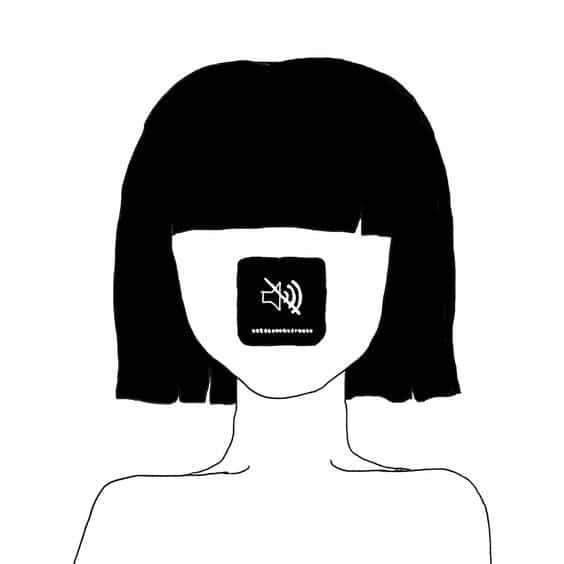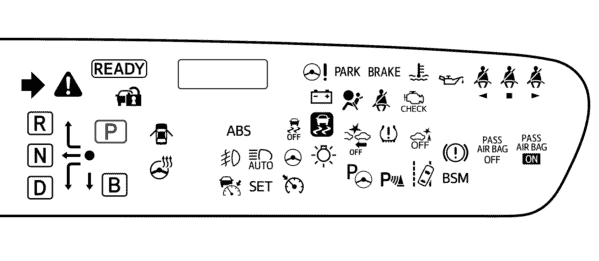Design and criticism
Design and criticism
Whoever can criticize absolutely calmly is the man in the street. He didn’t like the logo, he didn’t like the design, he said “I don’t like it,” and there is no need to explain anything.
This is not criticism. This is a reaction. There is such a thing as homeostasis, when any system tries to maintain its current state. Homeostasis always works the same way – any change, good or bad, causes backlash and resistance. For example, when you are cold, your brain receives a signal to lose heat and you start shivering to keep yourself warm.
Often the first criticism is homeostasis, but a week passes, the second and everyone already likes everything, everyone is used to it. And at first, it hurts the eye and is generally inconvenient, and the easiest way to relieve tension is to write on social networks.

PR at someone else’s expense
When a designer or marketer comments on a job, it can be hard to shake off the idea that he or she is doing it with an ulterior motive. From the outside, it looks like an attempt to show oneself in the best light at the expense of a competitor – “if they turned to me, this would not have happened, then wow what a professional I am”.
At the same time, it is difficult for a professional to comment on the work without knowing all the ins and outs – the results of research, business analysis, competitors, strategy, etc. – without all this, it is almost impossible to give adequate feedback.
It remains to comment on the tip of the iceberg – in identity it is the literacy of building a font composition, its density, the quality of ligatures, the work of the composition in small size, the presence of cliches in the symbols, the relevance and quality of illustrations, working with color, etc.
The trouble is that often professionals do not even try to criticize, confining themselves to professional irritation.
“I’m certainly not a professional in graph design, but in my opinion not very much”
– it’s always nice to hear a balanced assessment from an interface designer
“I’m not catching up with something, but the green fill looks as strange as possible” – this is how a professional should evaluate a color scheme.
“Well guys, you can see that the client was the designer.” – pseudo-sympathetic comment, work, yes, shit, but the guys are not to blame. And what if, after a harsh comment, they will not be invited to work and will not be friends.
“Yes, Fedoriv [Банда, подставь свое] not a cake anymore “ – ok, and the cake is most likely the one who wrote it.
The trouble is, it looks pathetic and ultimately works against the commentator.
“Imagine how you will feel if, every time you go to the same hairdresser to have a haircut, you hear from him how inept all the other hairdressers in the area are: they do not think very well, burn their clients’ hair, pull too high fee. Eventually you will ask yourself: why is your master trying so hard to belittle everyone? And you will think that he is clearly afraid of losing in the competition. And immediately the following question will arise: maybe there are quite real reasons for his fears? “
Bernard Ros. “The habit of achieving. How to use design thinking to achieve goals that seemed impossible to you. ”
/
True, there is one plus in such criticism, unless, of course, your work is at gunpoint, sometimes it’s very funny)

Crusade
It also happens that you do not like someone else’s work, you are absolutely sure that you are right and are ready, what is important, to convey your position with arguments. But, before you rush into battle, think …
First, you won’t prove anything.
“Of all the pointless arguments in which we can get bogged down, the worst is the one in which facts and beliefs mix. It never ends well. The subject of the dispute does not matter: global warming or the life cycle of unicorns. When you cite obvious facts to counter the person’s beliefs, a phenomenon called the “backfire effect” comes into play. Your brilliantly selected facts not only do not convince the “believer”, but also strengthen him in his own opinion. The believer stands still more firmly on his own, and now you are more divided than ever. “
Mark Reiter. “Triggers. Form habits – build character. “
/
Second, you can be wrong yourself. For instance…
You have read How Brands Grow by Byron Sharpe and have become a fan of the scientific approach to marketing. Now you share his views and think that positioning is useless, targeting is ineffective, brand perception does not affect sales, and rebranding is often dangerous, as it changes significant brand elements (logo, colors, slogan, character, advertising style, etc.), and means it reduces its recognition.
You are greatly annoyed by how mediocre budgets are spent on rebranding, because it hurts business and you cite as examples Tropicana and, for example, British Airways

But what are you really doing? – You submit only the information that confirms your point of view.
“Confirmation bias” of our point of view is an accepted term in psychology that denotes our tendency to confirm information that corresponds to our point of view, regardless of its truth. “
Mark Reiter. “Triggers. Form habits – build character. “
/
You have forgotten that Byron Sharpe’s position is just his opinion and there are others. For example, Byron Sharp is being critically criticized here and here. And here’s a video that takes a more balanced marketing approach.
There is no dogma. In any situation, context is important and rules that claim to be universal often do not work. The same areas are responsible for recognizing brands in the human brain as for recognizing people, your friends will recognize you, even if you change your hairstyle, lose weight or gain weight, shave off or grow a beard – all the same, you still have your voice, your body and other meaningful personal brand elements that allow them to say that it’s you.

What happened when Rozetka rebranded? A catastrophic drop in sales, people went to the Rosette, saw the changed symbol, changed the color and left, because it was not the Rosette they knew, but for some reason on Black Friday after the rebranding Rosette was selling at a rate of $ 1,200,000 per hour.

Or when the Megogo service changed its logo and updated the design system? People stopped launching their applications, watching movies and moved to competitors, and the number of Megogo’s subscribers … grew.

Or when the Juventus football club radically changed the emblem and abandoned the symbol that had been with them for 112 years – the fans stopped recognizing their favorite team on the field and began to root for Torino? No, the fan base is growing, the club continues its movement and does what no one has done on the market before, from a radical change to the emblem to the purchase of the best player in the world – Cristiano Ronaldo.

Therefore, breathe in and breathe out, think whether it is worth it, because there will be no winners, and if you understand that you are ready and want to have fun, then go on your crusade.
So what should you do?
The short recipe is to praise when you enjoy the job and criticize professionally “behind closed doors” when asked to do so.

But the expanded one :).
1. Do you like this job?
Yes – Boldly praise.
No – see item 2.
2. Are you a designer, strategist, marketer etc.?
Yes – see item 3
No – Be indignant.
3. The author, did the authors ask you for feedback?
Yes – Find out the details, discuss, criticize.
No – see item 4
4. Are you ready to devote time to reasoned analysis?
Yes – see item 5
No – Breathe and get busy.
5. Are you ready for it to be perceived as PR at someone else’s expense?
Yes – see item 6
No – Breathe and get busy.
6. Do you understand that you will not prove anything and do it for yourself?
Yes – Have fun.
No – Breathe and get busy.
Source: Medium
…

